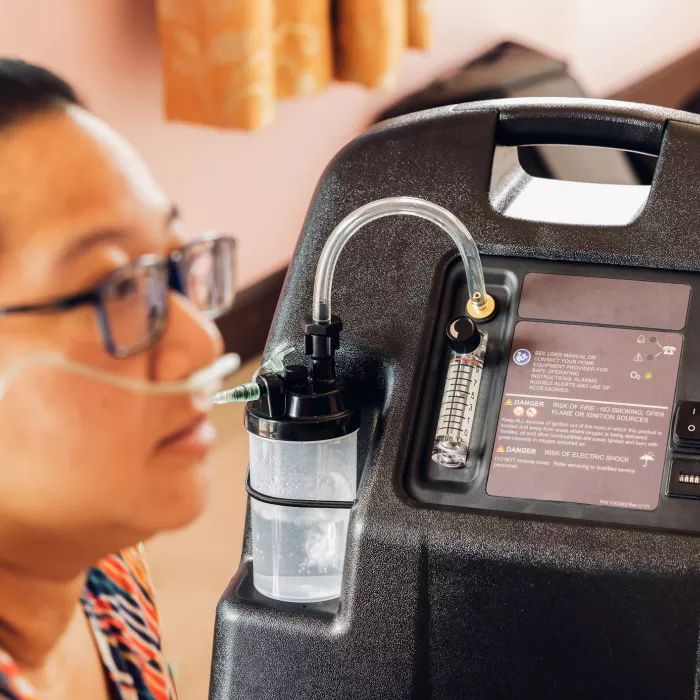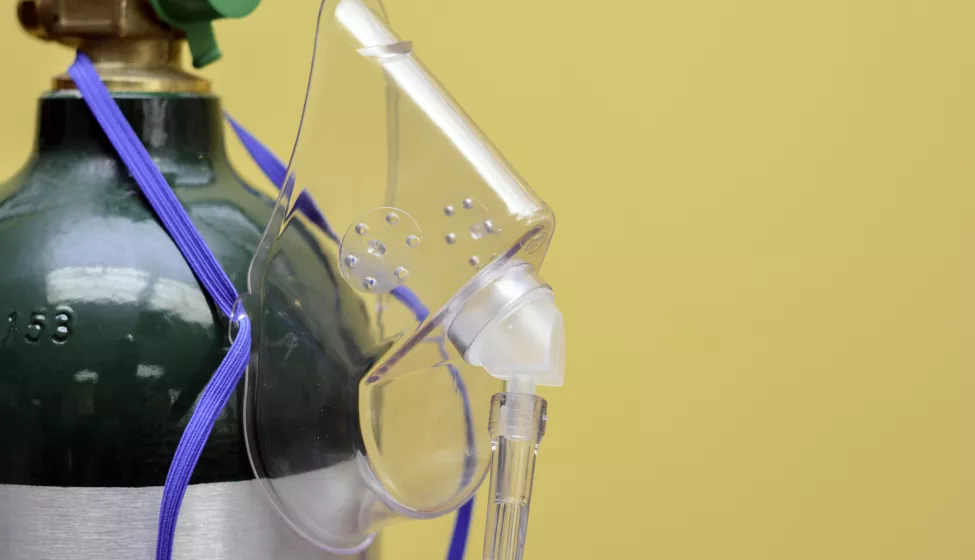January 31, 2025
While innovation in the design and engineering of portable oxygen equipment enhances the autonomy and quality of life for patients who rely on long-term oxygen therapy, understanding patient criteria for product ease of use — a driving factor in mobility, including travel, and general lifestyle — is both complex and critical for device engineers and manufacturers.
In their study, "Is your medical device 'easy to use'? Supplemental oxygen patients' experiences and tradeoffs around portable oxygen concentrators and tanks," published in the journal Human Factors in Healthcare, Exponent's Nichole Breeland, Ph.D., and co-authors sought to clarify these and other issues related to oxygen tanks and portable and stationary oxygen concentrators.
Characterizing ease of use for supplemental oxygen devices
Through a series of interviews and surveys, the authors asked patients not only where they currently travel with their devices, but also where they would travel if their devices were lighter, and their batteries lasted longer. The result is a more robust picture of patient preferences and travel strategies.
Central among the paper's findings was that individual patient needs for oxygen devices are highly personalized, leading the authors to conclude that "there is no one-size-fits-all solution for oxygen equipment, and some users may want a smaller model or, alternatively, much larger batteries and a cart."
Having collected this data from oxygen users and chronic obstructive pulmonary disease (COPD) patients, Dr. Breeland and her fellow researchers developed the "Absolute Ease of Use Scale — Oxygen Users" (AEOUS-OU) — a standardized measure of ease of use that will allow patients to better characterize lifestyle factors relative to current and future oxygen products and other products or technologies — an innovation that may improve product development and patients' quality of life.

"Is your medical device 'easy to use'? Supplemental oxygen patients' experiences and tradeoffs around portable oxygen concentrators and tanks"
Read the full article here.
From the publication: "A 'common problem, shared solution' approach would not appear appropriate for this population, but personalized equipment choices might help each individual patient manage their disease with the best set of equipment from the range of possible options."


